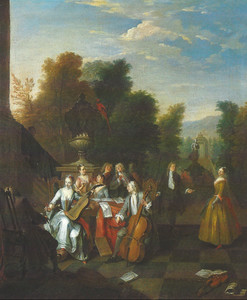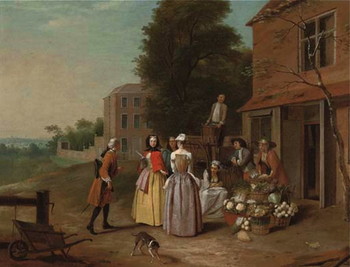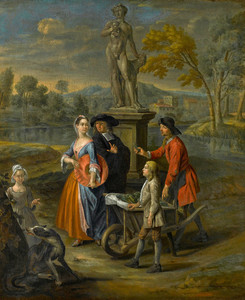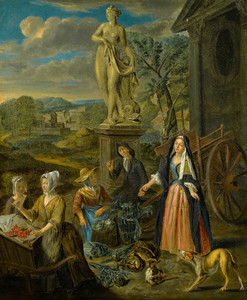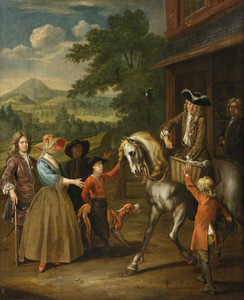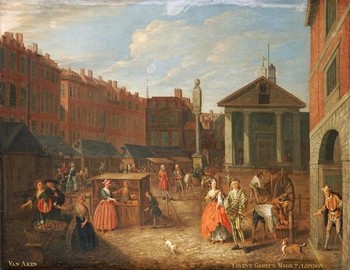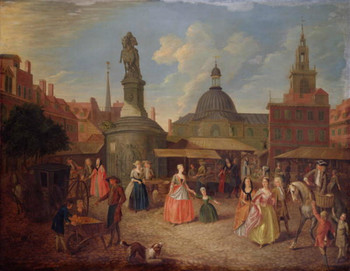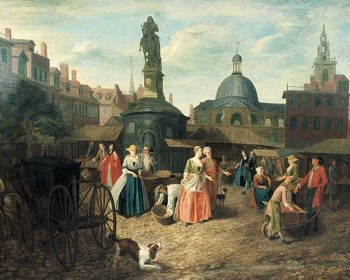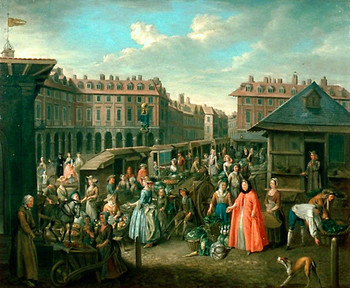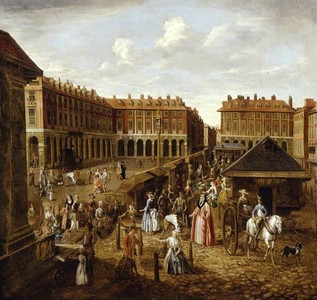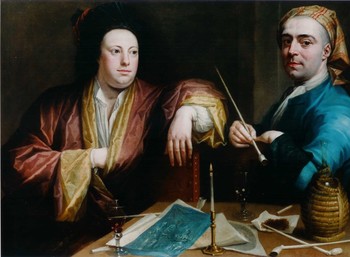Joseph van Aken
Elegant company at a vegetable stall
Oil on canvas : 56 X 71,2 cm
Unsigned
Sold at Christie’s London South Ken, 4/07/07
For 19.200 £ = 28.441 €
This is a comparative item
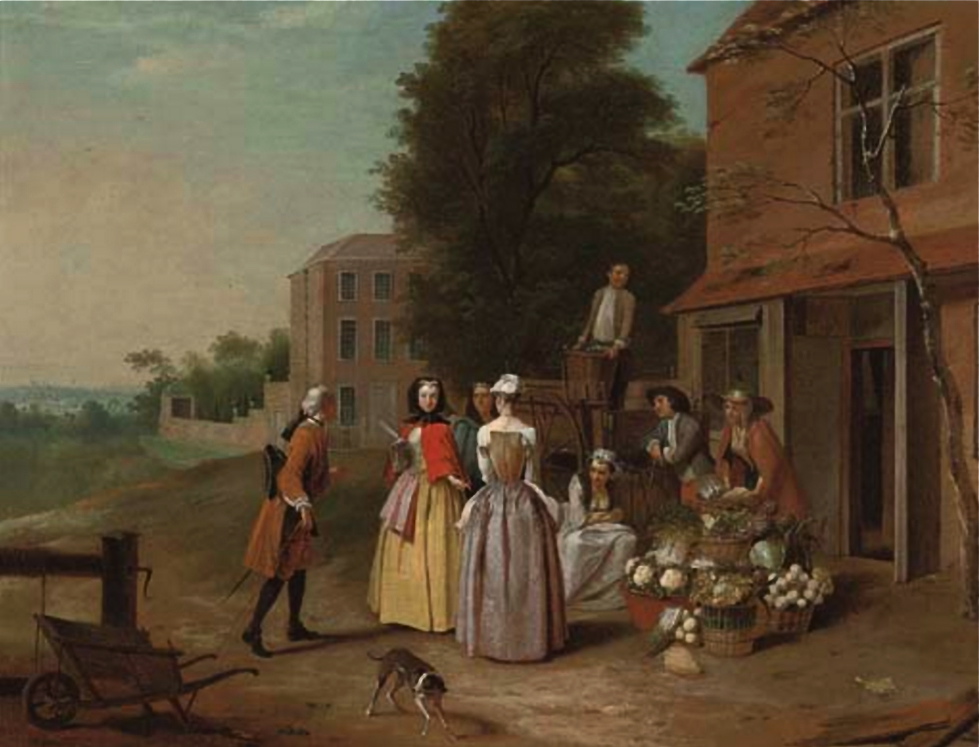
Painting for Sale
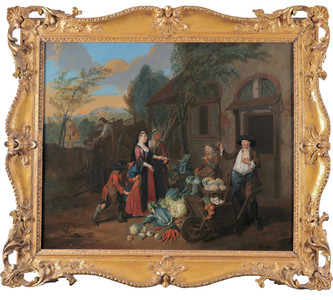
Aken, Joseph van
"A lady and her maid buying vegetables, a young thief attempting to steal her watch"
Comparative paintings
Click photos for more details

